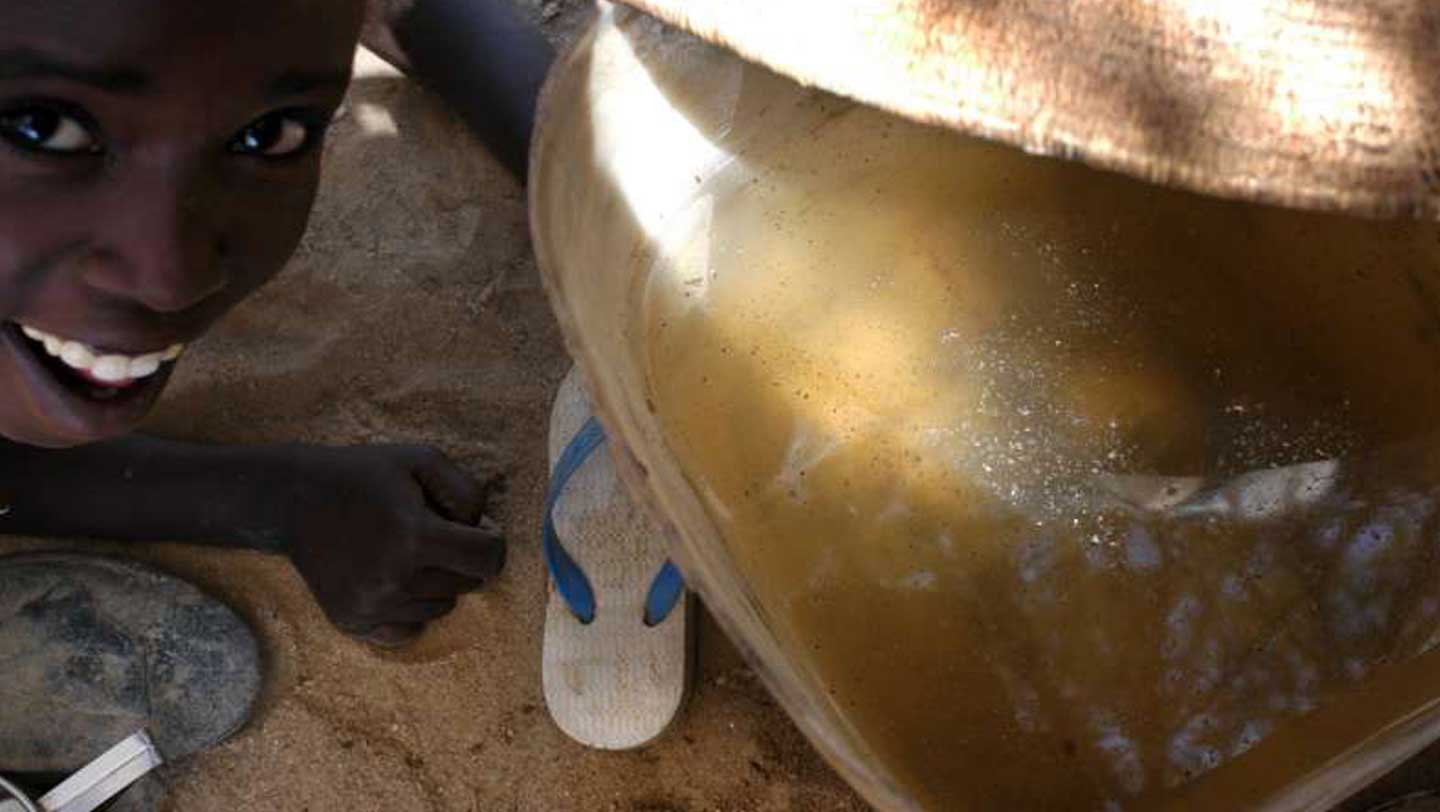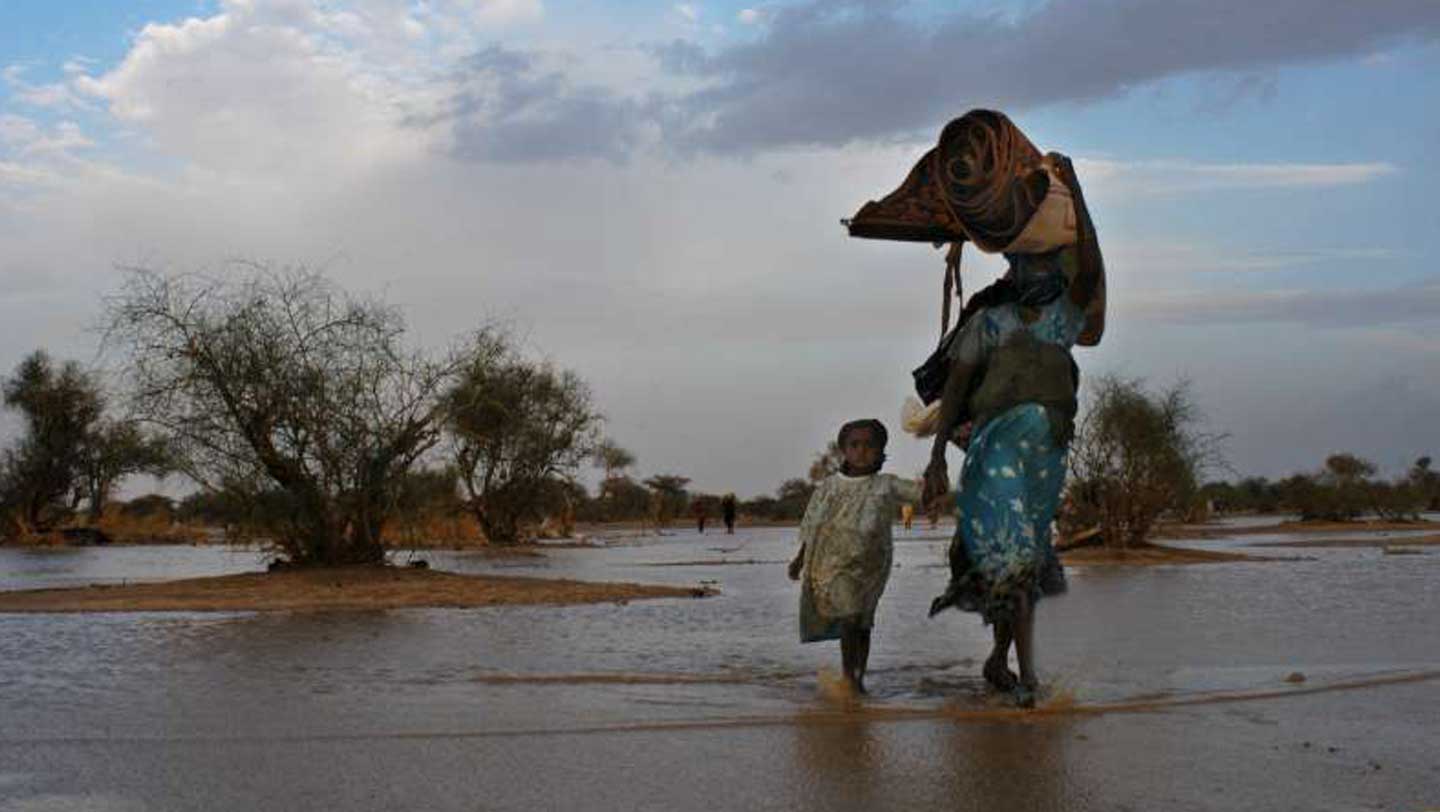Since the 1990s, we have become increasingly committed to protecting the environment and of the environmental challenges associated with hosting a large population in a small area. Over the course of the last two decades, we have set in place programmes and initiatives aimed at improving sustainable environmental management, aiming to reduce environmental degradation and enhance the resources available to the displaced, as well as host communities.
Disasters and climate change are a growing concern. Since 2009, an estimated one person every second has been displaced by a disaster, with an average of 22.5 million people displaced by climate or weather-related events since 2008 (GRID 2018). The Intergovernmental Panel on Climate Change, the UN’s science advisory board, projects an increase in the number of displaced over the course of this century. The majority of the people of concern to UNHCR are concentrated in the most vulnerable areas around the world. Climate change will force people into increasing poverty and displacement, exacerbating the factors that lead to conflict, rendering both the humanitarian needs and responses in such situations even more complex.
We are deeply concerned about the massive protection challenges raised by disasters and climate-related related displacement, and work with other agencies and a range of partners to protect those at risk.
Read more about UNHCR, the environment and climate change.
Sustainable Environmental Management
We believe that the tragedy of forced displacement should not be exacerbated by damage to the local environment.
Environmental management is a major priority for us in all phases of our work, from emergencies to rehabilitating the area when a camp or settlement is closed.
However, our sustainable environmental management programmes cannot be achieved without the active involvement of refugees and your vital support.








